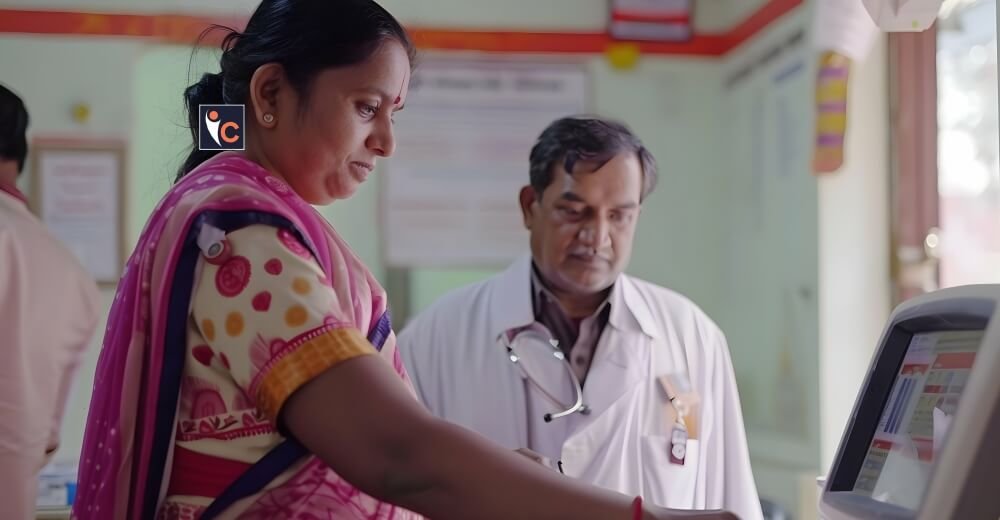Progress and Pitfalls
Universal health coverage is the most critical goal for a health system globally; it would ensure that everyone should be covered under necessary health services without getting exposed to financial hardship. The quest for UHC in India was a long-cherished dream steeped in the health policy of the nation since its independence.
Historical Context and Policy Framework
The commitment of India to UHC dates back to the early discussions on health policy, notably the report of the Bhore Committee, which conceptualized a publicly financed national health service. Various initiatives materialized since then, with important milestones being the National Health Policy and the Ayushman Bharat scheme. The latter consists of two major components: Health and Wellness Centres for comprehensive primary care; and a National Health Protection Scheme to provide financial risk protection for secondary and tertiary care.
Yet, notwithstanding such efforts, the Indian journey to UHC has been well and truly tortuous. First, the health system is dualistic in character, with a chronically underfunded, often inefficient public sector on the one hand and an explosively burgeoning private sector on the other. The latter raises concerningly high out-of-pocket expenditures for patients.
Progress Achieved
In the recent years, certain key health indicators have shown improvement in India. The improvements in maternal and infant health indicate improved utilization of healthcare services. Physical access to healthcare has also improved significantly, where there is increased seeking of care when sick, and there are remarkable rises in institutional births.
The introduction of Ayushman Bharat has been particularly effective. It is a scheme that aims at covering millions of vulnerable families for hospitalization costs. It looks to alleviate part of the financial burden arising from healthcare costs and ensure access to necessary medical services.
Persistence of Challenges
Despite these achievements, several barriers stand in the way of attaining UHC in India:
- High out-of-pocket expenditure: households pay a large percentage of their total health expenditure out-of-pocket. This therefore has pushed many into debt or financial distress as a result of spending on health. This may be exacerbated by a lack of public health facilities.
- Quality of Care: there is an issue surrounding the quality of care in both the public and private sectors. Many health centres lack resources and qualified personnel to serve the people, hence the provision of low-quality services.
- Geographic Inequities: Even regarding geographic access to facilities for healthcare, there is huge variation. Rural areas have fewer health providers and facilities compared to urban centers.
- Awareness and Utilization: Most of the citizens do not know about their entitlements arising from the existing health schemes such as Ayushman Bharat. Low level of awareness contributes to poor utilization of available services.
The healthcare system in India is highly fragmented, lacking proper coordination among health services and different insurance schemes.
Strategic Recommendations
In the light of these challenges, a few strategies are suggested in an attempt to veer closer toward achieving UHC:
- Strengthening Public Healthcare Infrastructure: Increase investment in public health facilities to ensure better service delivery and reduce dependence on private health care providers.
- Smarter Financial Protection: Greater coverage through existing schemes in a non-exclusionary manner can lead to reduced out-of-pocket expenditure. This may include aggregation of multiple state-level schemes into a wider national-level umbrella.
- Quality of Care Enhanced: Setting strict standards of quality at both public and private healthcare providers ensures that all patients receive an acceptable level of care.
- Awareness Creation: Making widespread awareness about the availability of health services and insurance schemes can ensure that people make use of these facilities optimally.
- Multi-Stakeholder Participation: Various stakeholders, such as government agencies, private players, civil society, and communities, allow wider participation in policy formulation, considering needs peculiar to a population.
Conclusion
India’s path toward Universal Health Coverage is marked by significant progress but also considerable challenges. Achieving UHC requires a concerted effort from all sectors of society—government bodies, healthcare providers, and citizens alike. By addressing systemic barriers that impede access to quality healthcare while enhancing financial protections for vulnerable populations, India can move closer to realizing its vision of health for all. Ongoing dialogue among policymakers and stakeholders will be vital in shaping an equitable healthcare landscape that meets the needs of every citizen.





